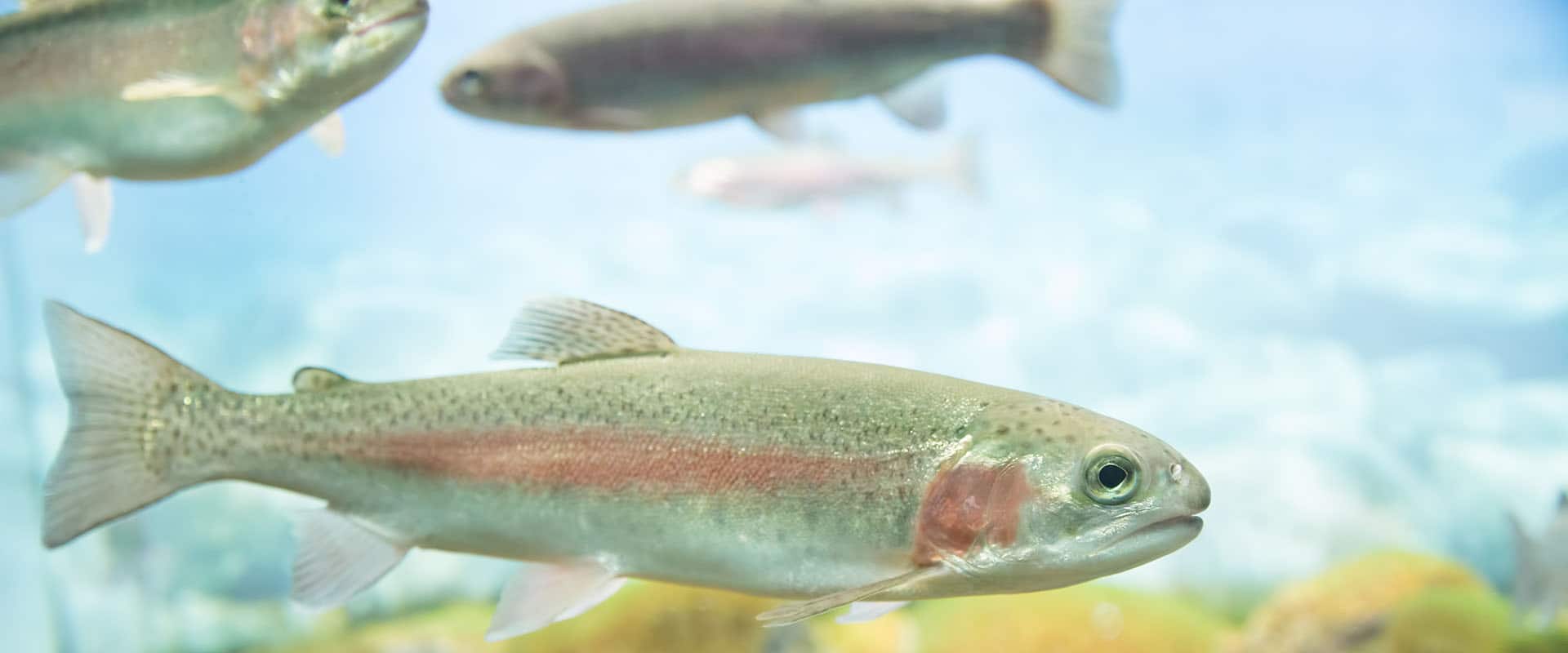An approach for comparing laboratory and field measures of bioaccumulation is presented to facilitate the interpretation of different sources of bioaccumulation data.
Comparing Laboratory and Field Measured Bioaccumulation Endpoints
Integrated Environmental Assessment and Management, 2012



